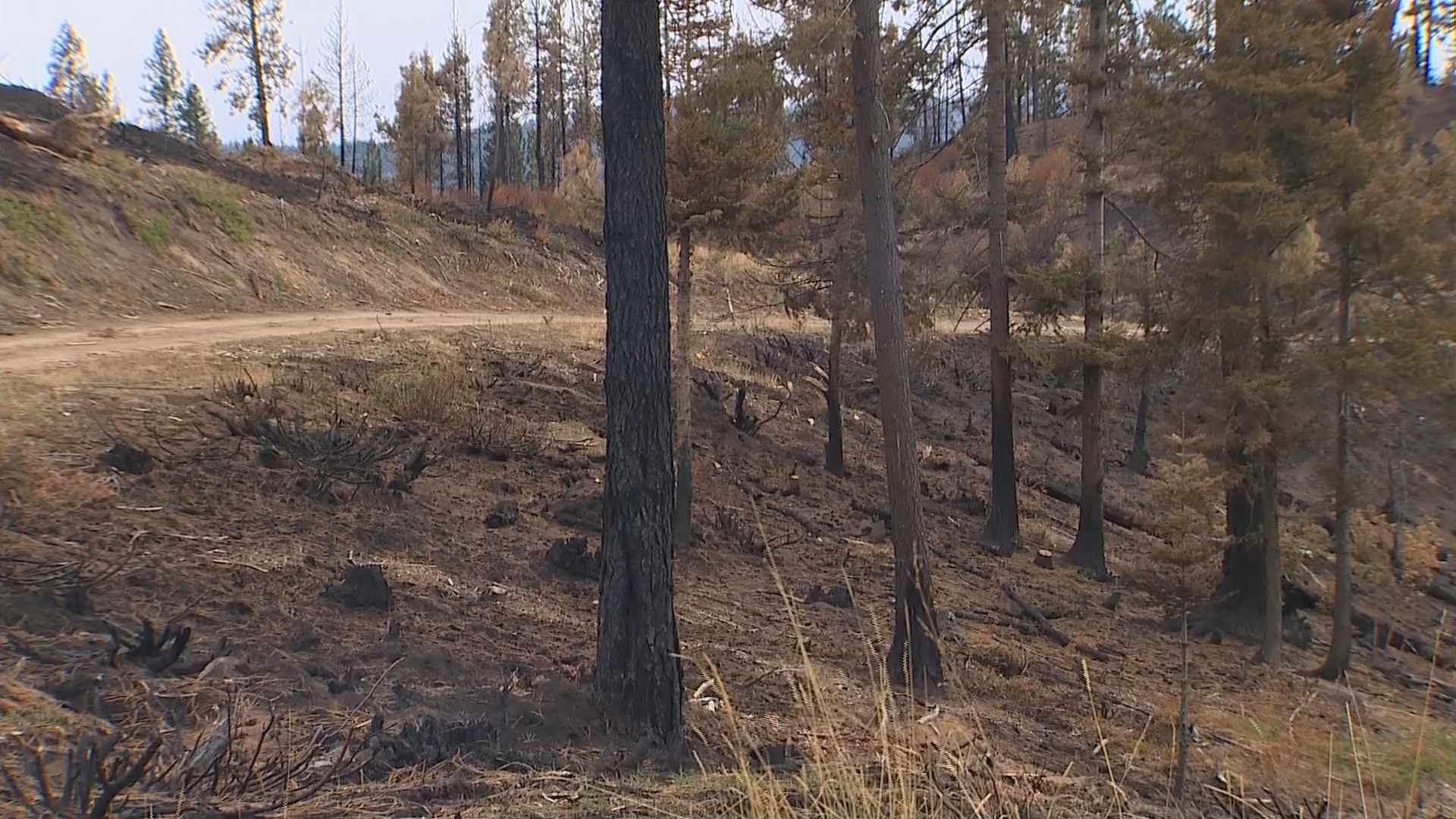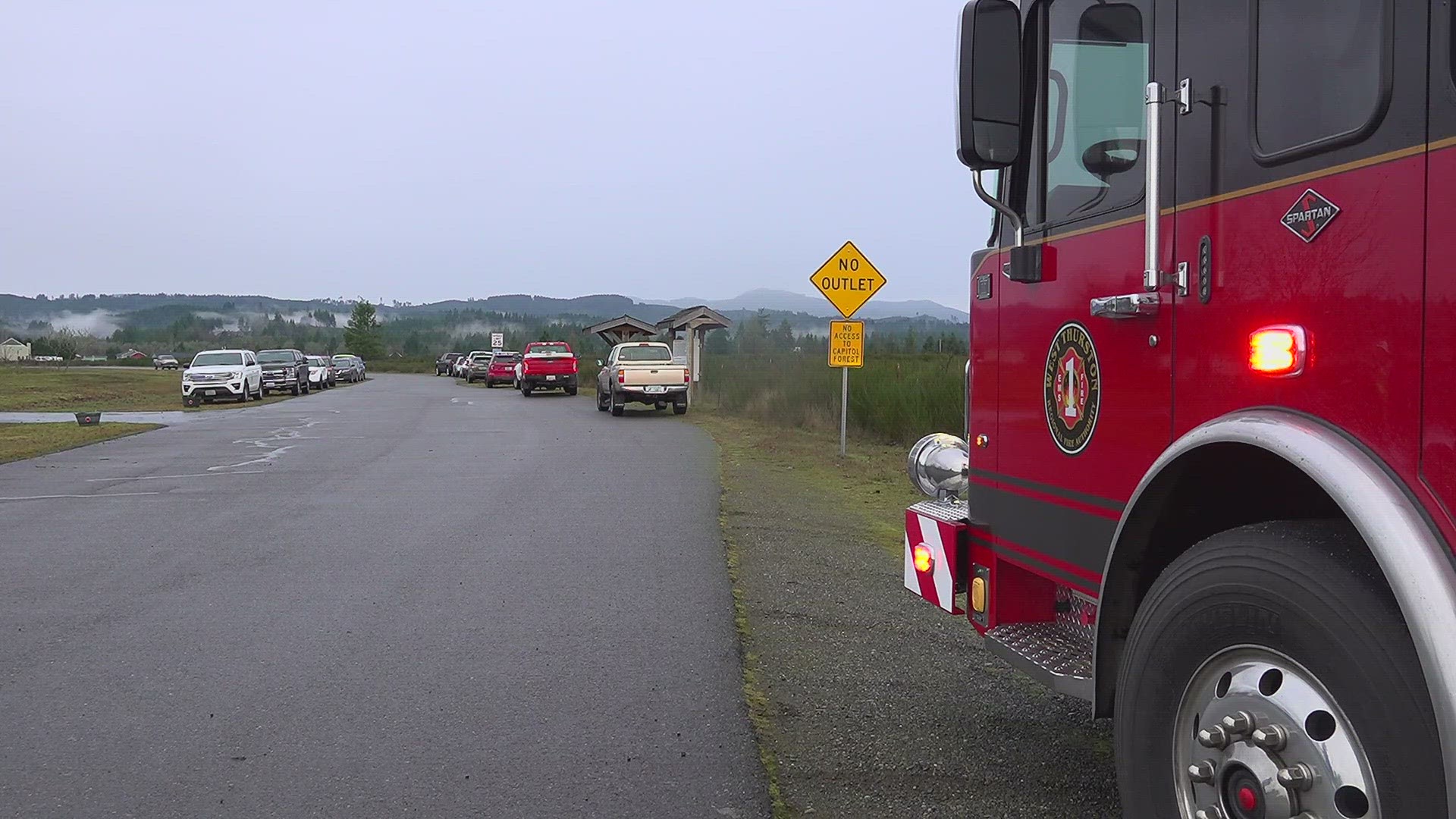Record fires, extensive smoke, lost homes and lives. These are the words we associate with the recent record fires in northern California, but these words also relate to Washington.
On Wednesday, the state’s commissioner of Public Lands, Hilary Franz, officially launched a plan to make fires much smaller, less frequent and less expensive to fight.
Franz said the cost of fighting Washington’s wildfires from 2014 through 2017 cost $630 million. That included back to back record fire seasons in 2014 and 2015. The 2014 fire complex in eastern Washington ended a 100 plus-year-old record from the Yacolt burn which torched large sections of southwestern Washington.
The 20-Year Forest Health Strategic Plan for eastern Washington includes five goals, many of which focus on thinning forests back to the way they looked before European settlement and more than a century of fire suppression which resulted in denser forests choked with bushes, smaller trees and low hanging branches typically referred to ladder fuels.
The plan is designed to smooth over divisions and property lines between state, federal and private lands. Instead of boundaries and property lines, the plan would pull the parties together to work in unison on projects which reflect the ecosystem of the area.
In those days forests were subject to periodic low-intensity fires, which held down underbrush. For centuries trees such as ponderosa pine, protected by a thick bark, endured repeated ground level fires only to die as torches in larger high-intensity modern day conflagrations.
Part of the healthy forest plan would use more prescribed burning to eliminate this underbrush without setting the whole forest on fire. Another method would use mechanical means, cutting down smaller trees, chipping up shrubs and branches and in many cases supplying mills and other wood products companies with raw materials which could help local economies.
There are also 2.7 million acres of Washington forest dead or dying from insects, such as the spruce budworm, or disease. All are potential fuel for catastrophic fires.


